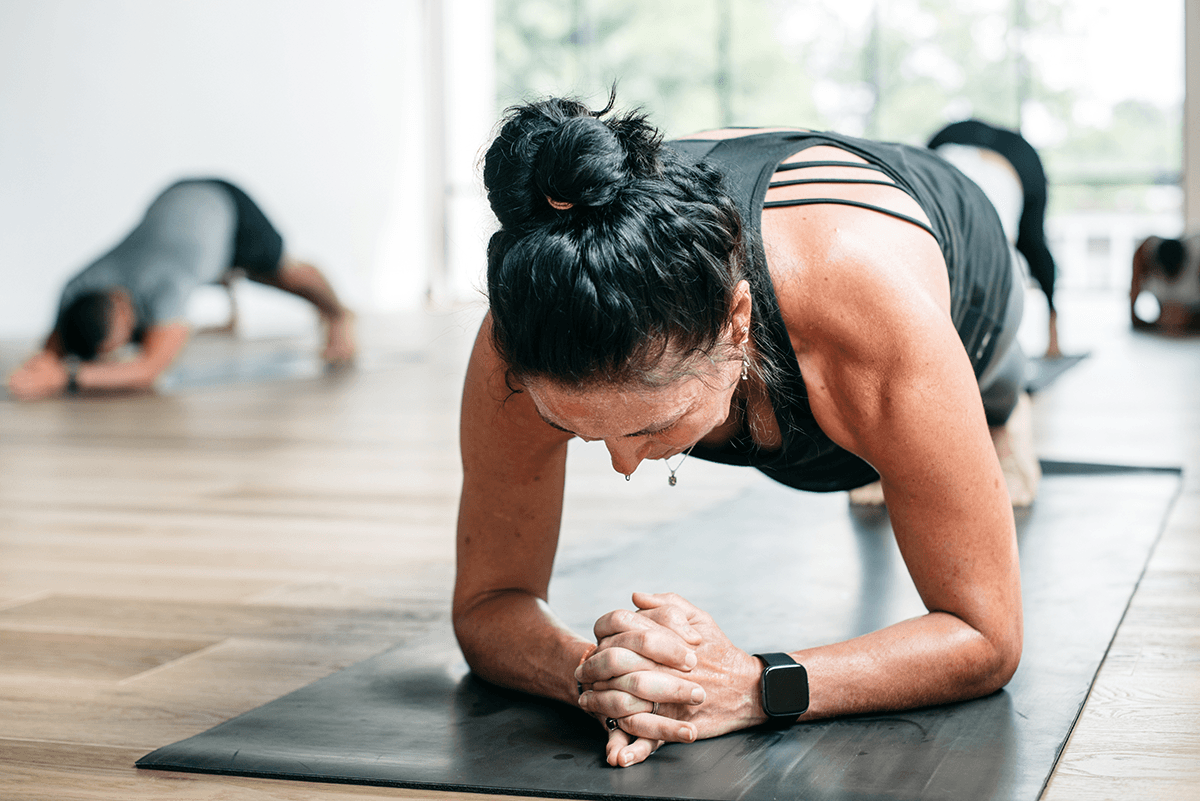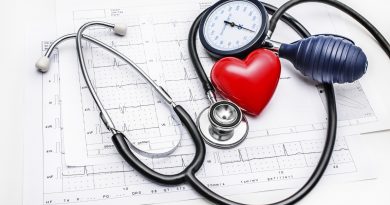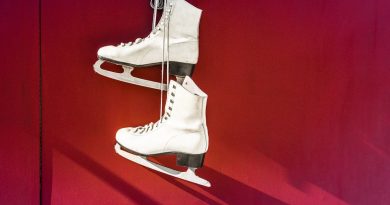Staying safe during heated workouts

Cranking up the heat allows you to break a sweat during a workout. While people normally work up a sweat while exercising, heated workouts can result in more sweat and calories burned; but people should be cautious if this style of exercise is new to them.
“Heated workouts are popular because you get a good sweat and people feel like they get an even better workout in the heat,” said Dr. Candace Mason, orthopedic surgeon and assistant professor at Baylor College of Medicine.
Benefits of heated workouts include loosening up muscles, which makes you less prone to pulling a muscle or injuring yourself. Exercising in the heat is like an added warmup that lets the muscles get loose, which allows you to give more exertion to burn more calories.
Hot yoga or hot spin classes are popular heated workouts, but any cardio-style exercise works in the heat. Anything over regular ambient temperature that raises your internal body temperature is considered a heated workout. Temperatures typically vary from 80 to 90 degrees, while some are more extreme at above 90 degrees.
It is important to take precautions while exercising in heated temperatures, and the length of your workout depends on your endurance tolerance.
“One person might be more athletic or training to do a competition in a more heated environment, so they could probably do a longer heated workout versus someone who is dabbling in it,” Mason said. “They might not have worked themselves up to that level yet, so they might need a shorter workout.”
Hydration is key for exercising, but especially for heated workouts due to the excess sweat. The body cools down by sweating and can lose a lot of water. Mason recommends bringing water to your exercise and hydrating well before and after the workout.
“Make sure you hydrate and even overhydrate because you lose more water than you realize,” she said.
In addition to water, you lose plenty of electrolytes like sodium, potassium and calcium, which all get lost in your sweat. Hydrate with electrolyte-replenishing drinks or add a small amount of salt to your water to gain back that salt. Replenishing water as well as electrolytes is crucial after exercising in higher temperatures.
Those who are at risk for low blood pressure should avoid heated workouts. If your blood pressure is low and you lose volume, your blood pressure can get dangerously low, resulting in the risk of fainting or losing consciousness. Pregnant people should also refrain from heated exercise because they are at a higher risk of having low blood pressure.
Symptoms of overheating include dizziness, lightheadedness or feeling faint. If you experience these symptoms, stop the workout to let the body cool down. Drink plenty of water, replenish electrolytes and lie down to help improve blood flow to the brain.
“Even though you do get a nice warmup and feel like you can do more, you might injure yourself because you think you can do more when you actually weren’t ready for more,” Mason said. “Listen to your body and listen to the people around you because sometimes you don’t even realize how much you’re sweating, and you might start to lose too much.”
Mason recommends going to a heated workout class with a friend the first few times so you can stay safe together.
By Homa Warren



